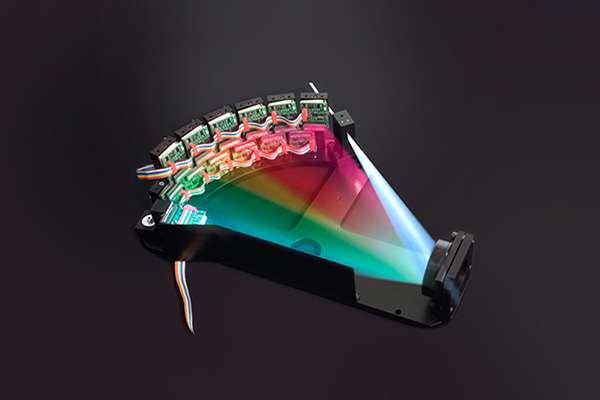Complementary metal oxide (CMOS) detectors bring spark optical emission spectrometer (OES) analysis to a whole new level. CMOS technology provides an alternative to the fully semiconductor-based photomultiplier tube (PMT), which is used in some metal analyzers for high-end analysis. There are several scenarios where CMOS technology is the one to choose for your OES application.

We’ve put together a list of four reasons why you need to make your next spark spectrometer CMOS-based.
Optical emission spectrometers are an investment. And, historically, the more advanced instruments contained several photomultiplier tubes to cover a wide range of optical wavelengths for the detection of many different elements. As PMTs are pricey, these instruments are expensive. A CMOS-detector alternative instrument will cost you much less and cover a wider range of elements and wave lengths.
PMT detectors are fantastic at what they do – measure ultra-low levels of specific elements. But each detector is optimized for just a few wavelengths of incident light, meaning each PMT will give you results for very few elements.
If you need to measure a wider range of tramp and trace elements in a range of materials, you could invest in an instrument with many detectors, but this will very quickly get expensive (see point 1). A CMOS-based detector will measure a much wider range of the optical spectrum, so you can detect the presence of more elements within your samples.
New alloy development is as active today as ever. From developing high strength, lightweight materials for increased fuel economy to medical devices that are accepted by the body after implantation, new material specifications and customer demands arise all the time.
If you have chosen an OES instrument with PMT detectors optimized for what you’re doing now (and this is likely to be fine for your current application), you might find that your instrument is effectively obsolete if you take on a new application. Opting for CMOS-based instruments allows you to keep your options open in the future.
Running costs in foundries and metal production and fabrication facilities are high. To make matters worse, raw and recycled feedstock material prices can vary enormously depending on the global market. Foundries are therefore under pressure to keep all other costs as low and predictable as possible.
CMOS-based OES instruments tend to have lower operating costs than their PMT counterparts because the CMOS technology needs very little power to operate. Our OE Series of OES spark spectrometers takes this even further by reducing power consumption on the vacuum pump and vastly reducing the amount of argon needed during analysis.
Today, you might still need a PMT based detector if you’re doing analysis that requires detection limits below what’s possible with CMOS detectors. For our OE Series that uses a CMOS-based detection system, we publish application notes that give tables of detection limits for different base alloys. Here’s the one for iron and steel as an example.
You can see that the detection limits are extremely low, but it’s essential you choose the right detector technology for your own application, and you still might have to rely on PMT detectors if your detection limits dictate.
The OE Series of optical emission spectrometers from Hitachi combines the range and sensitivity of CMOS-based detectors with a brand-new optical design to deliver a level of performance usually only possible with much higher cost instruments. With low operating costs and a relatively small footprint, the OE Series can detect the entire spectrum of elements within metals, including gasses with the OE750.
Get more information on the OE Series on our website or get in touch with our experts to introduce the OE Series to you.
Discover moreYou might also be interested in: